Summary of Risk Mitigation Approaches Adopted by Residual Insurance Programs
As the risk of climate-related disasters continues to escalate, property insurance markets in many locations around the country have been destabilized. For many residents in the riskiest areas for weather-related extremes, it is becoming more difficult to find homeowners insurance from the private market – or find it at a price they can afford. When this occurs, many residents turn to so-called residual markets or state-established insurance programs, often referred to as “markets of last resort,” to provide coverage. These include both FAIR plans (Fair Access to Insurance Requirements) and so-called wind pools or beach plans. Across the country, 39 unique FAIR or Beach Plans operate in 34 states and the District of Columbia. (Three states—Mississippi, North Carolina, and Texas—have both a FAIR Plan and a separate Beach Plan; California has two residual programs, the FAIR Plan the California Earthquake Authority.) In recent years, several of these programs have been expanding, such as those in California, Florida, and Louisiana, with increasing numbers of policyholders and more exposure.
The only long-term solution to stabilizing insurance markets is to lower our risks. Risk mitigation, such as strengthening roofs to protect against hurricane-force winds or using fire resistance materials and creating defensible space from wildfires, lowers future potential damages. This can make insurance easier and less expensive to provide. Several residual insurers have begun supporting these investments by their policyholders using multiple tools including premium credits, household grants, and insurance policy endorsements for resilient rebuilding. As risks grow, supporting risk reduction investments through such programs is increasingly critical, and it not only lowers future damages for the homeowner and preserves insurability, but also provides benefits of lower losses and suffering throughout the community in future disasters.
This table summarizes the different risk reduction approaches adopted by residual insurance programs produced as part of a grant-funded research project undertaken by the Environmental Defense Fund and Cornell University researchers to synthesize and evaluate risk mitigation approaches for residual insurance programs. The table includes a selection of programs chosen because they have had growing policyholder counts, are in states struggling with insurance pricing and availability, or have notably initiated multiple approaches. Further analysis and insights into how residual markets are adapting to support risk mitigation, including lessons and overviews of different techniques will be shared in forthcoming publications.

